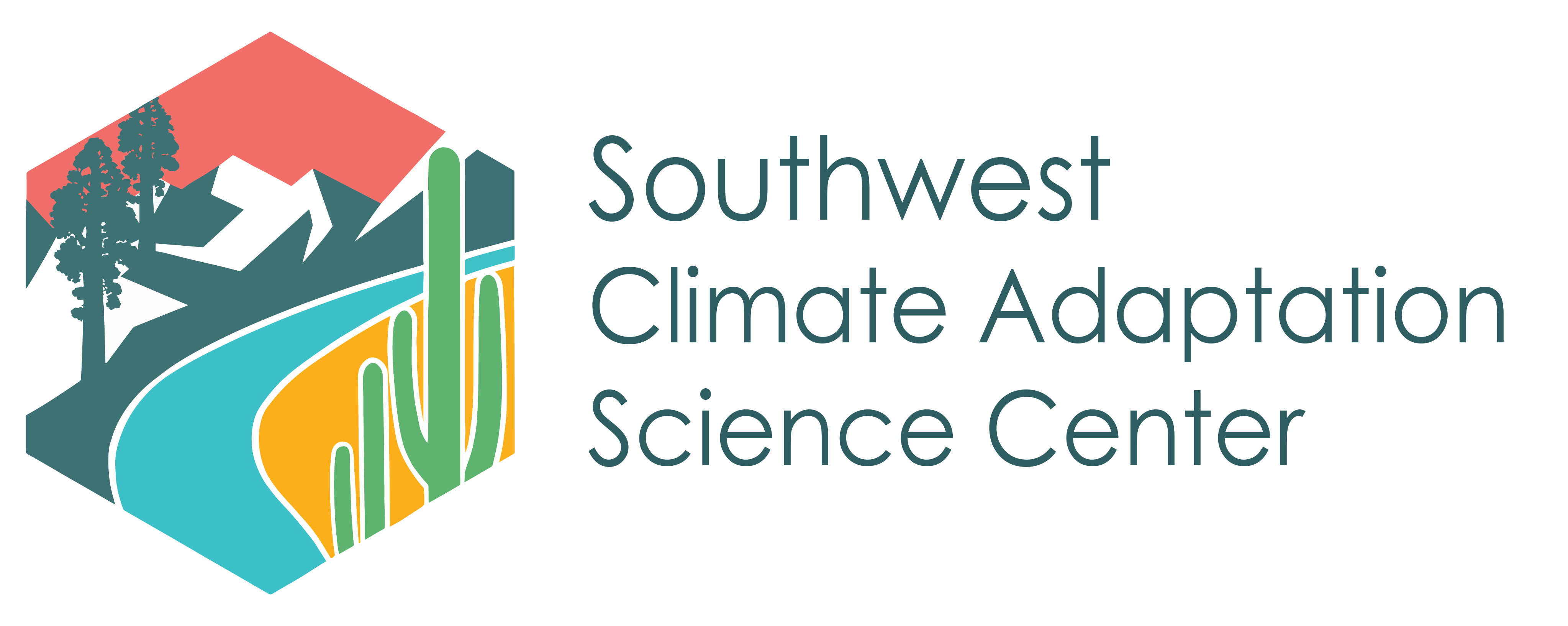Tribal Publications
Keepers of the Flame: Supporting the Revitalization of Indigenous Cultural Burning
C. Adlam, Middleton, B. Rose, Almendariz, D., Goode, R. W., and Martinez, D. J., “Keepers of the Flame: Supporting the Revitalization of Indigenous Cultural Burning”, Society & Natural Resources, 2021.
Becoming Storms: Indigenous Water Protectors Fight for the Future
B. Rose Middl Manning, Martinez, D., Reed, K., and Mascarhenas, M., “Becoming Storms: Indigenous Water Protectors Fight for the Future”, in Lessons in Environmental Justice From Civil Rights to Black Lives Matter and Idle No More, 2020.
Returning the Yurok Forest to the Yurok Tribe: California’s First Tribal Carbon Credit Project,
B. Rose Middleton and Reed, K., “Returning the Yurok Forest to the Yurok Tribe: California’s First Tribal Carbon Credit Project,”, in Stan. Envtl. L. Rev., vol. 39, 2019.
Indigenous experiences in the U.S. with climate change and environmental stewardship in the Anthropocene
K. Chief, Daigle, J. J., Lynn, K., and Whyte, K. Powys, “Indigenous experiences in the U.S. with climate change and environmental stewardship in the Anthropocene”, in Forest Conservation and Management in the Anthropocene: Conference Proceedings, V. A. Sample and Bixler, R. P. , Eds. Fort Collins, CO: U.S. Department of Agriculture, Forest Service. Rocky Mountain Research Station, 2014, pp. 161 – 176.
Native American Tribe Prepares for Climate Change with the Help of a Soil Scientist
M. Fisher, “Native American Tribe Prepares for Climate Change with the Help of a Soil Scientist”, Soil Horizons, vol. 55, 2014.
Climate change perception, observation and policy support in rural Nevada: A comparative analysis of Native Americans, non-native ranchers and farmers and mainstream America
W. James Smith, Liu, Z. , Safi, A. Saleh, and Chief, K. , “Climate change perception, observation and policy support in rural Nevada: A comparative analysis of Native Americans, non-native ranchers and farmers and mainstream America”, Environmental Science & Policy, vol. 42, pp. 101-122, 2014.
Assessment of Climate Change in the Southwest United States: A Report Prepared for the National Climate Assessment
G. Garfin, Jardine, A., Merideth, R., Black, M., and LeRoy, S., Assessment of Climate Change in the Southwest United States: A Report Prepared for the National Climate Assessment. Washington D.C.: Island Press, 2013.
Climate change impacts on the water resources of American Indians and Alaska Natives in the US
K. Cozzetto, Chief, K., Dittmer, K., Brubaker, M., Gough, R., Souza, K., Ettawageshik, F., Wotkyns, S., Opitz-Stapleton, S., and Duren, S., “Climate change impacts on the water resources of American Indians and Alaska Natives in the US”, Climatic Change, vol. 120, pp. 569-584, 2013.
Climate change in arid lands and Native American socioeconomic vulnerability: The case of the Pyramid Lake Paiute Tribe
M. R. Gautam, Chief, K., and J., S. Jr. Willia, “Climate change in arid lands and Native American socioeconomic vulnerability: The case of the Pyramid Lake Paiute Tribe”, Climatic Change, vol. 120, 2013.

